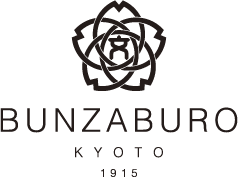What is Shibori?
Binding material to produce a pattern.
In principle, shibori tie-dye involves immersing cloth into a dye liquor to color it. Shibori’s delicate patterns are expressed by leaving certain areas in the original color, often referred to as “white”, undyed or resist dyed. In other words, the beauty of a competed shibori pattern will be decided by how to keep some parts “white.”
The most typical way to make the pattern leaving “white” is to bind the cloth with thread so that the dye liquor doesn’t reach certain parts. However, of course, this simple method alone is insufficient for creating the elaborate shibori patterns. During its long history, experienced and knowledgeable craftspeople contrived a variety of methods for creating different patterns.
There is a certain beauty only shibori tie-dye can depict that other fabric decoration methods such as painting and tracing cannot. Elaborate and honed shibori techniques have been devised over generations, and passed down to today.



















